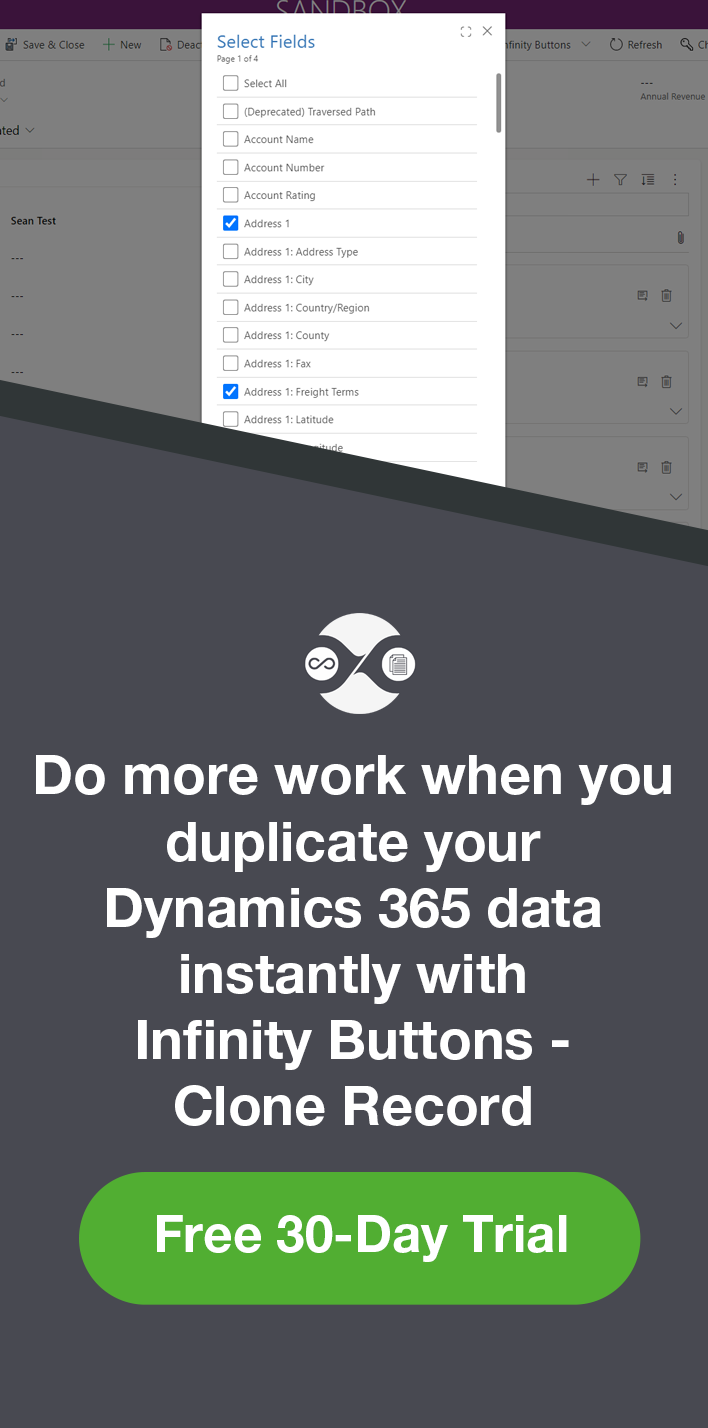Dynamics CRM 2011 Contract Life Cycle
Simon Phillips, 03 May 2011
The contract life cycle begins with templates. The organization creates a set of contract templates, adding to the set as needed. The life cycle of an individual contract is as follows:
1. Create a new contract and select the template to base it on.
2. Fill in the basic information for the contract, including the dates it spans and the service level provided. Each new contract is assigned a unique ID that cannot be used for another contract.
3. Add contract lines to the contract. The contract line contains the details of the services provided, including prices for each service, specific amounts of service provided for this element, and the dates of service.

4. Invoice for the contract. Once the contract and a contract line have been created, you can invoice the customer for the cost of the service contract. A contract has the status of draft until it is invoiced (no actual invoice is generated at this time).

5. Await the start date of the contract. When the contract has been invoiced and the start date for the contract arrives, the contract’s status becomes active. The contract is in effect and service is available to the customer.
6. Customer Service Representatives (CSR’s) can reference the contract. Once the contract is active, CSR’s can use Microsoft Dynamics CRM to access the contracts and contract items so they can check on entitlements when a customer calls. By default, the CSR role grants all service representatives the privileges required to retrieve contracts and view their details.
7. Create cases against the contract. Service representatives can create cases against the contract lines in the contract. This enables the organization to track allotment usage and cases generated by a customer to his or her contract.
8. Contracts can be modified, cancelled, or put on hold. The amended contract remains associated with the original account. You can put a contract on hold, for example, for non-payment. Contracts on hold can be reactivated. Contracts can also be cancelled; however, cancelled contracts cannot be reactivated. You can also cancel individual contract lines.
9. Contract expires or is renewed. Once the end of the contract is reached, the contract expires and cases cannot be created against it. To open a new case against the contract, you must renew the contract.
When you renew a contract, a draft copy of the contract is created with the same ID number as the original, expired contract. You can make modifications to the draft contract, including adding or modifying contract lines.
Both contracts and contract lines have a status. Their status changes as a contract moves through its lifecycle. Depending on where a contract is in its cycle, it may have one of the following statuses: New, Expired, Draft, On Hold, Active, Invoiced, or Cancelled.
A contract line may have one of these statuses: New, Cancelled, Existing, Renewed, or Expired.
For some Scenarios on where you could use Contracts see below:
Scenario 1: If your company sells products e.g. cell phones you could use contracts to manage repairs on those products.
Scenario 2: If your company offers a service e.g. cleaning you can use contracts to manage what cleaning you will offer/provide.
Scenario 3: If your company builds software e.g. “What we do” you can use contracts to manage what is and what isn’t included in the software.
These aren’t the only places you can use contracts, contracts will be able to work for most different business models. Using what you have learnt in this blog post you can now use contracts and contract lines in your company to track service agreements.

